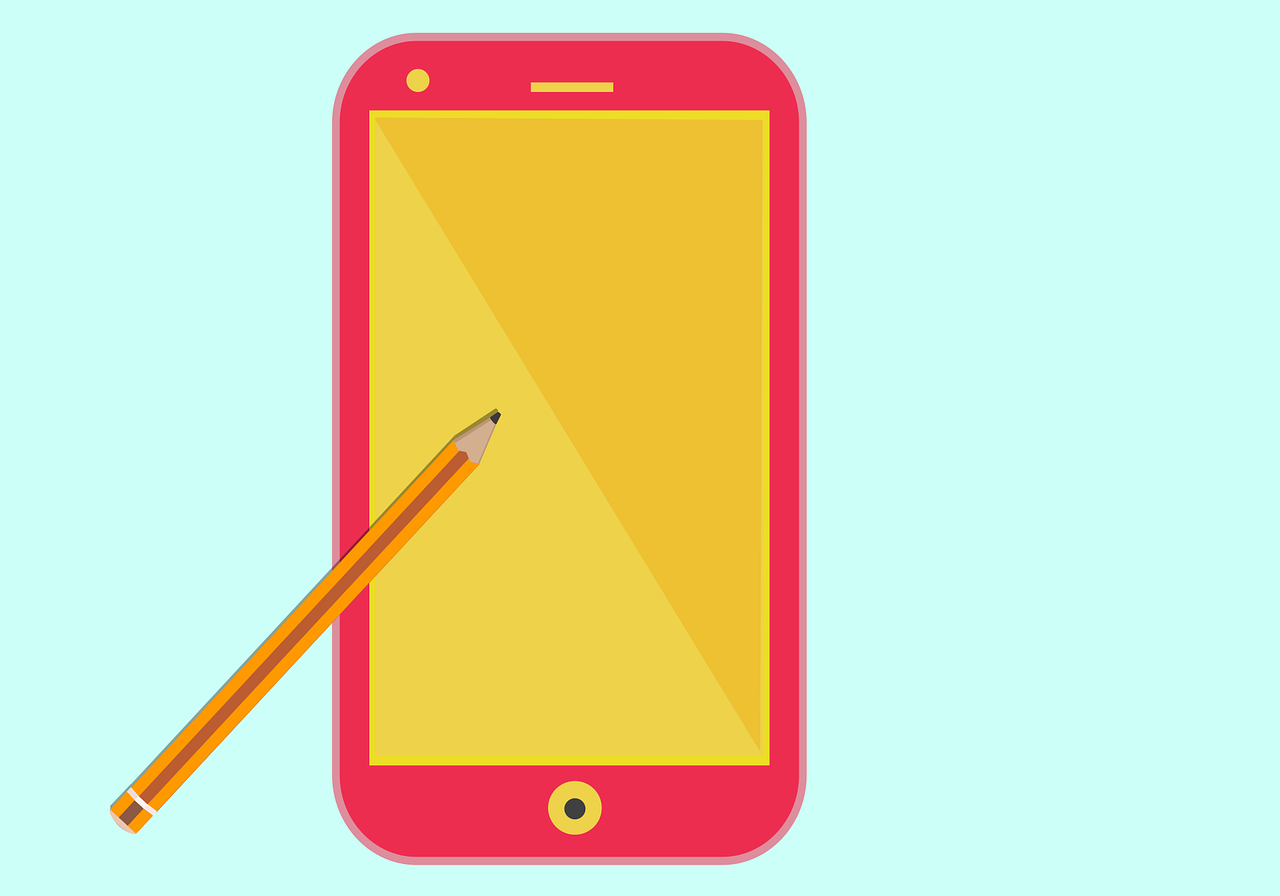4 Ways to Improve Edtech Ergonomics
Strategies for limiting physical strain and discomfort with better edtech ergonomics.

Edtech ergonomics should be a bigger part of the conversation around technology in school, says Madeleine Mortimore, Global Education Innovation and Research Lead for Logitech. The era of one-to-one devices and ever-present classroom technology has brought with it many learning opportunities for students but also a good deal of physical discomfort due to poor edtech ergonomics.
“We did a survey with over 1,000 participants and district leaders, educators, and students,” Mortimore says. “Almost 50% of students report being physically uncomfortable with the current edtech hardware that they're using.”
The good news is that some of this discomfort can be eased easily. Educators can pay more attention to edtech ergonomics when planning lessons and making purchasing decisions. As part of this process, they can help encourage healthy posture in their students and encourage ergonomic edtech design that takes into account the different ages, shapes, sizes, and needs of students.
1. Edtech Ergonomics: Provide Companion Tools
Research into the physical strain devices place on students also shows that more than 60% of kids 10 to 17 report feeling actual physical pain and fatigue when they’re using school devices without companion tools, Mortimore says. These companion tools can range from external keyboards or mouses to stylus pens and headsets. These devices can help students have better posture in unexpected ways. For instance, “With headsets, you're not having to strain and lean over to hear,” Mortimore says.
2. Make Sure Devices Are Age Appropriate and Adoptable to Individual Student Needs
Students of different ages need different sizes and shaped devices, and there is, of course, huge variability among students of the same age. Educators should not only provide the types of companion tools referenced above but should encourage students to customize their devices based on their individual needs. “When schools come to us and they’re not sure what to do, we encourage the concept of the Edtech Pencil Case," Mortimer says. "This is just having a selection of these tools, headsets, mics, styluses, so that students, depending on their personal preferences and needs, can really add and adopt and unlock the full capability of their device.”
Tools and ideas to transform education. Sign up below.
3. Consider Student Comfort When Making Purchasing Decisions
School leaders involved in purchasing decisions should keep ergonomics in mind. Mortimer says schools should seek out “tools that were designed from the ground up for kids.” Schools should also focus on tools that have incorporated student voice in the design process. “We talk a lot about including educator voice, but at the end of the day, student voice is just as important, if not more important, since they're going to be the users,” Mortimer says. “Make sure the tools that are selected are really age appropriate and have been tested with all different ages.”
4. Schedule Breaks Throughout The School Day
One free and simple way to improve edtech ergonomics is to make sure your students are not spending all class hunched over their devices. Mortimer advises educators to break up screen time with full class engagement and avoid having students using their devices for extended periods. This can also help students build good habits around edtech ergonomics when they use their devices at home. “As educators know, breaks are beneficial for the learning process,” she says. “But in this current landscape with all the one-to-one devices and obviously the at-home usage as well, having those breaks is just as important for the physical wellbeing of students.”
- Rethinking Learning Spaces: 4 Strategies for Student-Centered Learning
- How One District’s Mental Health Program is Saving Millions & Helping Students
To share your feedback and ideas on this article, consider joining our Tech & Learning online community here
Erik Ofgang is a Tech & Learning contributor. A journalist, author and educator, his work has appeared in The New York Times, the Washington Post, the Smithsonian, The Atlantic, and Associated Press. He currently teaches at Western Connecticut State University’s MFA program. While a staff writer at Connecticut Magazine he won a Society of Professional Journalism Award for his education reporting. He is interested in how humans learn and how technology can make that more effective.

